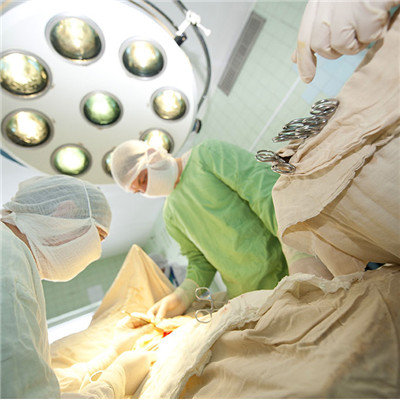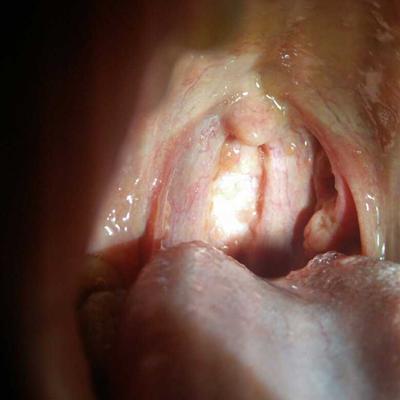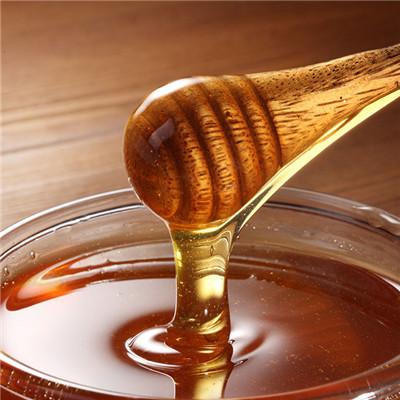How is hemal injury treated?
summary
The purpose of treatment of vascular injury is to stop bleeding in time, correct shock and save the lives of the wounded; At the same time, efforts should be made to restore the blood circulation of the limbs, improve the treatment of vascular injury and its complications, so as to save the limbs and reduce the disability. The treatment of vascular injury includes emergency hemostasis, preoperative anti shock, prevention of infection, debridement and vascular reconstruction.
How is hemal injury treated?
The first aid hemostasis methods are as follows: ① direct or indirect compression of proximal artery by vascular rupture. ② Packing or bandage pressure hemostasis. ③ Clamp the bleeding vessel. ④ Tourniquet compression. Generally speaking, the first and second methods can be selected for head and neck bleeding; Tourniquet is the most convenient method for limb bleeding. For inguinal, subclavian or abdominal bleeding, if the operation is exposed, it is difficult to block, the blood source is insufficient or the technical equipment is limited, you can choose to stop bleeding by packing and transfer to hospital as soon as possible. Tourniquet should be placed near the wound, not too high, in order to avoid long limb ischemia. Cloth should be used between the tourniquet and the skin. All patients with tourniquet must be sent to the hospital in advance or quickly. In wartime, marks must be made on the wounds.

The trauma and bleeding of transfusion and rehydration are easy to cause shock, so the blood should be matched immediately. Before blood preparation, Ringer's lactate solution, dextran and plasma can be infused to expand blood volume. For patients with massive hemorrhage and severe shock, central venous catheterization should be done in time, and rapid blood transfusion and rehydration should be performed.

For the debridement of the injured artery, a longitudinal incision should be made at the site of the vascular injury. If there is room for dissection, the artery should be exposed near and far from the suspected site of vascular injury, and controlled by plastic tape. When the artery is exposed in situ, the bleeding can be stopped by direct compression with fingers, and the tissue around the injured artery can be separated until it can be blocked by noninvasive vascular forceps. After arterial exposure, it is necessary to further understand whether veins, nerves and other tissues are damaged. A large amount of 1 ∶ 10 heparin solution was used to wash the distal artery. The injury of vascular intima may cause pseudoaneurysm, promote platelet aggregation and increase the risk of vascular obstruction. For low velocity bullet wound, debridement should be 0.4-0.5cm more than the injury site, and high velocity bullet wound should be more than 1cm.

matters needing attention
The management of combined injuries arterial injuries are often combined with venous injuries and fractures. Non main vein injury can be ligated, but main vein injury should be repaired or autologous vein transplantation. When there is a fracture, it is still controversial whether to deal with the fracture or vascular injury first. Fracture fixation can prevent the movement of fracture site and affect the arterial repair, but the disadvantage is that it can prolong the limb ischemia time. Therefore, some scholars advocate that vascular repair should be done first, and then fracture fixation should be done, but it is better to have a vascular surgeon present when doing reduction. Attention should be paid to fracture reduction without affecting vascular repair.











